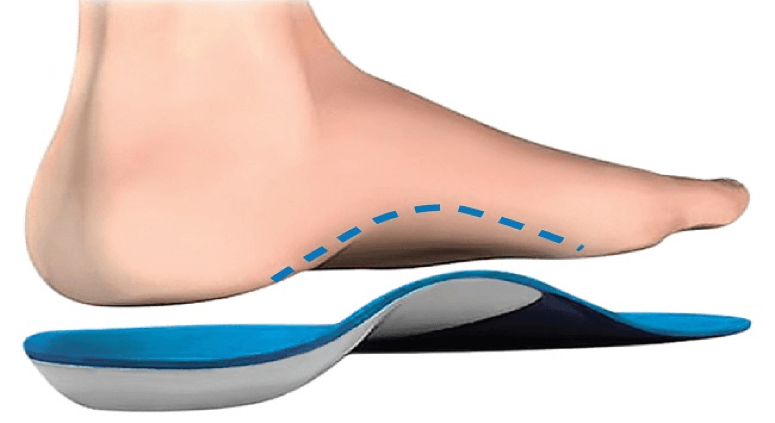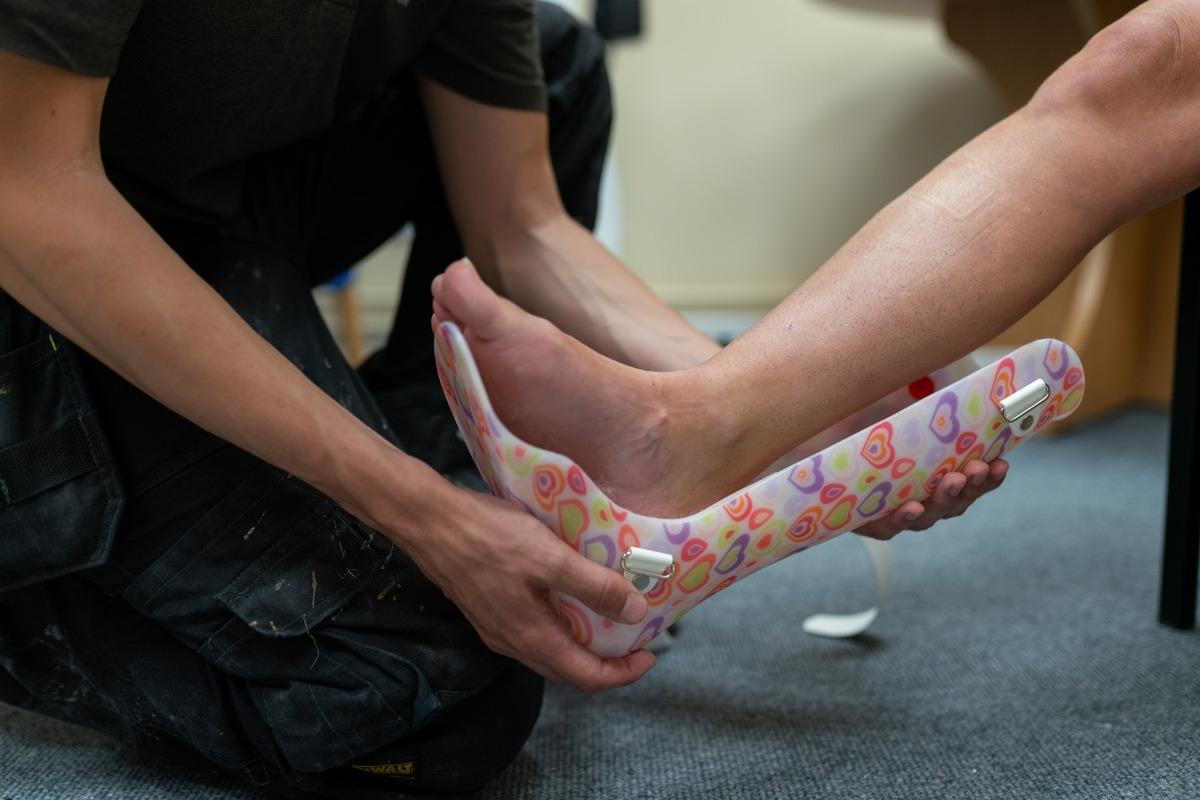Evaluating Ski Boot Fit Effectiveness Superior CO
Evaluating Ski Boot Fit Effectiveness Superior CO
Blog Article
Understanding Boot Layout and Fit Westminster CO
Cold toes in ski boots can remodel an exhilarating day on the slopes into an uncomfortable wrestle. Many skiers have faced this common problem, which might arise from a selection of factors starting from improper gear to poor circulation. Understanding the reasons behind cold feet and implementing efficient solutions can significantly enhance the skiing experience.
The anatomy of a ski boot performs a crucial role in heat retention. Most ski boots are designed to offer a snug fit, which is essential for efficient control and performance. However, if the fit is too tight, it could constrict circulation, resulting in chilly toes. Skimmers could discover themselves battling discomfort as a outcome of overly tight boots that minimize off blood move.
Ski Boot Fit Adjustments Tips Erie CO
Another important issue contributing to cold feet in ski boots is insulation. Ski boots come with completely different levels of insulation, and choosing the right stage based on the surroundings and personal desire is significant. Brands often supply boots with various insulation materials, including synthetic and natural fibers. Exploring these options could make a noticeable difference in heat.
Wearing the right socks is just as essential. Cotton socks, for example, can take in moisture and lead to cold feet, while specialised ski socks manufactured from merino wool or synthetic fibers wick away moisture and help retain warmth. Investing in quality skiing socks ought to be a prime priority for anyone who enjoys spending time on the slopes.
Common Boot Fit Issues and Fixes Firestone CO
Moisture administration is one other critical area to deal with (Unconventional Boot Fitting Strategies Niwot CO). Feet can sweat during bodily actions, and this moisture can cool down quickly in low temperatures. Proper moisture-wicking socks and boot liners might help draw sweat away from the skin, preserving toes dry and heat throughout the day. Certain boot liners are designed specifically for this function
Adding toe warmers or heated insoles may also be effective for those particularly susceptible to chilly toes. These products may be simply inserted into the ski boots and supply extra heat throughout colder days. They are out there in disposable and rechargeable choices, catering to completely different preferences and wishes.
Ski Boot Sizing Guidelines Superior CO
Foot positioning plays an integral function in heat as nicely. A skier's stance can both promote or hinder enough blood circulate to the toes. Maintaining an active stance whereas skiing permits for better circulation inside the boots, ultimately resulting in hotter ft.
Another approach to incorporate is to make sure adequate boot management during breaks. Taking the boots off for a brief interval can allow for better blood flow as properly and warm up cold toes. Skiers should find a warm place to rest, allowing the toes to recuperate from the chilly they might have been subjected to during activity.

It's essential to suppose about the weather conditions during skiing trips. Extremely low temperatures combined with wind chill can exacerbate the issue of chilly feet. Planning ahead by checking the weather forecast and dressing accordingly can help ensure that the proper gear is in place to fight the cold.
Dressing in layers is a broader principle that applies not just to skiing apparel but also to footwear. Skiers can go for boot models with removable liners, which give an choice to let them dry out in a single day and ensure most warmth and comfort for the subsequent day on the slopes (Fit Issues to Watch for in Ski Boots Arvada CO). This strategy permits a extra personalized fit and might help dissipate any moisture that may have amassed throughout skiing
D.I.Y. Boot Fitting Part 1 Guide Lyons CO
With all these concerns, ski boot choice ought to be taken seriously. Trying on totally different manufacturers and fashions, while also consulting with professionals at ski shops, can lead to higher selections tailored for particular person needs. There is a big selection of choices obtainable on the market, and the proper alternative can set the stage for a way more enjoyable skiing experience.

When confronted with cold ft, adopting these practices collectively can lead to a extra snug expertise on the slopes. Experimenting with numerous mixtures of socks, boot liners, heating solutions, and conscious practices will assist pinpoint the best strategy for individual preferences. Preparation, awareness, and the willingness to regulate can hold chilly toes at bay.
In conclusion, cold feet in ski boots is a common but manageable issue. By understanding the factors that contribute to chilly toes and implementing efficient methods, skiers can guarantee they enjoy their time on the slopes with warm and comfortable feet. Taking the mandatory steps, from gear selection to lively administration of comfort, could make all the distinction in crafting a constructive snowboarding expertise. The slopes are ready, and warm ft can result in many unforgettable adventures forward.
Comfort Versus Precision in Boot Fitting Brighton CO
- Ski boots typically have insulation that may trap heat, but poor circulation can lead to cold ft; guaranteeing correct fit may help maintain heat.
- Wearing moisture-wicking socks made from merino wool or artificial materials can significantly cut back moisture buildup and help keep ft warm.
- Investing in heated insoles or boot warmers can present additional heat throughout notably frigid days on the slopes.
- Regularly adjusting the tightness of your ski boots can enhance circulation; a too-tight fit could constrict blood circulate and trigger coldness.
- Consider the layering technique; sporting thin, breathable socks beneath thicker socks can create a thermal barrier with out compromising fit.
- Using boot dryers after a day of skiing not only helps take away moisture but additionally prepares your boots for warmth the following day.
- Pre-warming ski boots by putting them close to a heater or using a boot warming bag could make an immediate distinction in comfort.
- Taking breaks to stretch and heat up ft might help reactivate circulation, notably during long snowboarding classes.
- Choosing boots with superior thermal insulation designed for colder circumstances might present added protection towards frigid temperatures.
- Proper boot alignment and an ergonomic fit can contribute to higher blood circulation, serving to forestall cold feet during snowboarding.undefinedWhat causes chilly toes in ski boots?
Cold ft in ski boots typically outcome from poor insulation, moisture build-up, or insufficient circulation. When skis usually are not correctly fitted or if socks are too tight, they'll prohibit blood move, resulting in a chill.
How can I stop my ft from getting cold whereas skiing?
To stop cold feet, put on moisture-wicking, thermal socks designed for skiing. Ensure your boots are well-fitted and think about using foot warmers or heated insoles for additional warmth.
Boot Fitting Process Explained Northglenn CO
Is it higher to wear thicker socks to maintain my ft heat in ski boots?
Wearing thicker socks can sometimes limit circulation, leading to colder toes. It’s greatest to choose on a thin, insulated sock designed particularly for snowboarding to keep each warmth and circulation optimum.
DIY Ski Boot Stretching Techniques Superior CO
What ought to I do if my ft get chilly while skiing?
Take a break to heat your ft. Remove your boots for a short interval, wiggle your toes, and allow for air circulation. Consider using heated insoles or foot heaters as a direct solution.
How Fit Affects Performance in Skiing Loveland CO
Are there particular ski boot brands recognized for better insulation?
Yes, some manufacturers are known for superior insulation and luxury, such as Salomon, Tecnica, and Nordica. Research user reviews to search out models that excel in heat and fit based mostly in your skiing type.
Common Boot Fitting Mistakes Westminster CO
How often ought to I exchange my ski boots to avoid chilly feet?
Replacing ski boots each 3-5 years is suggested if they show signs of damage - Understanding Boot Layout and Fit Niwot CO. Over time, insulation and luxury diminish, making it easier for chilly feet to turn into an issue
Can I use common winter socks in my ski boots?
Ski Boot Maintenance for Continued Fit Westminster CO
Regular winter socks are often too thick and might impede circulation. It’s best to make use of socks particularly designed for skiing to make sure correct fit and warmth without compromising blood move.
What are some effective methods to dry my ski boots overnight?
To dry ski boots successfully, take away the liners and place them in a warm, dry space. Use boot dryers or stuff boots with crumpled newspaper to soak up moisture, which helps stop cold ft on the following day.
Boot Fitting Resources for Skiers Dacono CO
Are there any methods to improve circulation in my ft whereas skiing?
Standing in your toes or wiggling your toes inside the boot can promote higher blood circulate. Additionally, guaranteeing your boots aren't too tight might help keep circulation and warmth.
weblink read this Report this page